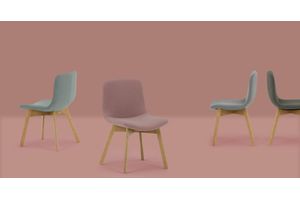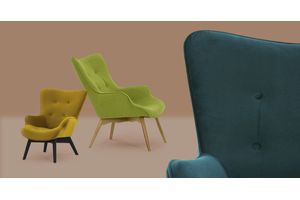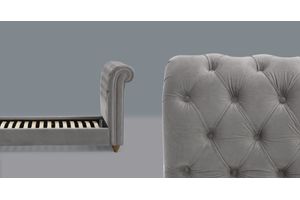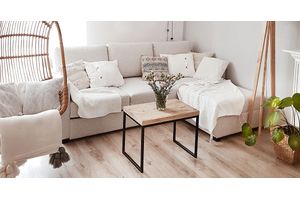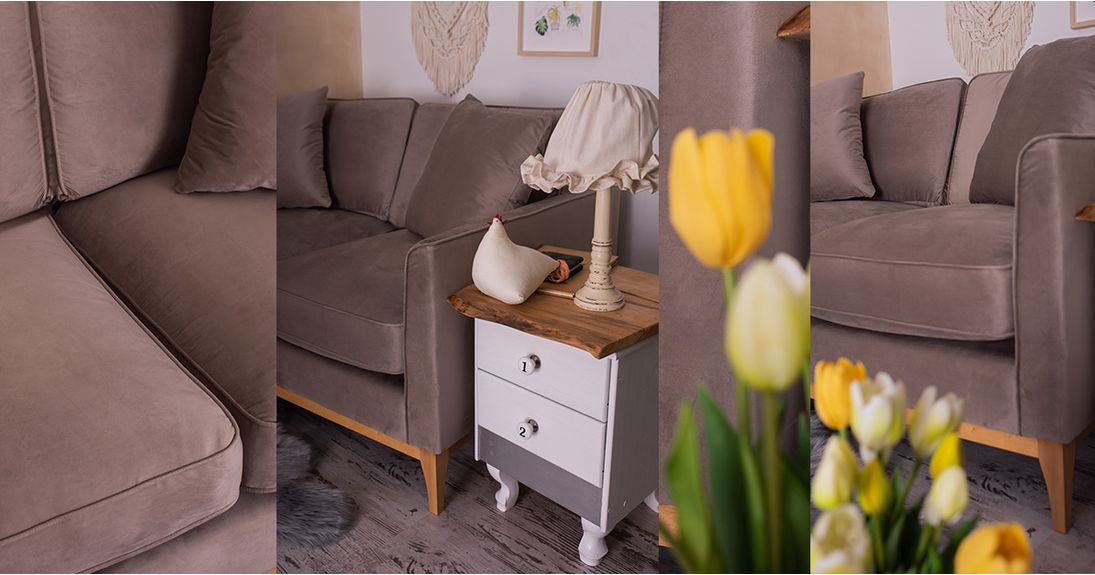
How to furnish a narrow room - what to think about
Furnishing a small room is often problematic. A small area limits the possibilities of certain furniture choices and layout. Much also depends on the shape of the room - a small square room is easier to furnish than a long and narrow one. We look specifically at how to furnish a narrow room.
Decorating a narrow living room
The first step in designing a narrow room is often the choice of wall colour, to optically enlarge it. Neutral colours work better than darker tones, but it is a great trick to paint the shorter walls a couple of shades darker than the long walls as this creates the illusion of a squarer space. Keep the radiators and skirting boards the same colour as the walls too, as this draws your eyes away from the horizontal lines. Often the windows are on the shorter walls, and these should be dressed floor to ceiling, with as much natural light as possible.
Narrow room – living room layout
Another trick is to divide the living room into several zones to avoid creating a corridor. Arrange the furniture in separate areas, rather than all against the wall. This will then create a broken pathway taking on an 'S' shape, stopping the space looking like a hallway and maximising the space available. A great idea is to look for curved and circular furniture pieces, to eliminate the long horizontal lines, for example by placing a circular coffee table in the middle of a seating area.
Further ideas when decorating a narrow room are:
- use rounded celling lights, preferably one with multiple shades at different heights,
- choose a small number of pieces of furniture rather than one long sofa
- don’t place furniture against longer walls,
- add mirrors and group artwork together
- select furniture pieces with taller, slim legs to create more visual floor space
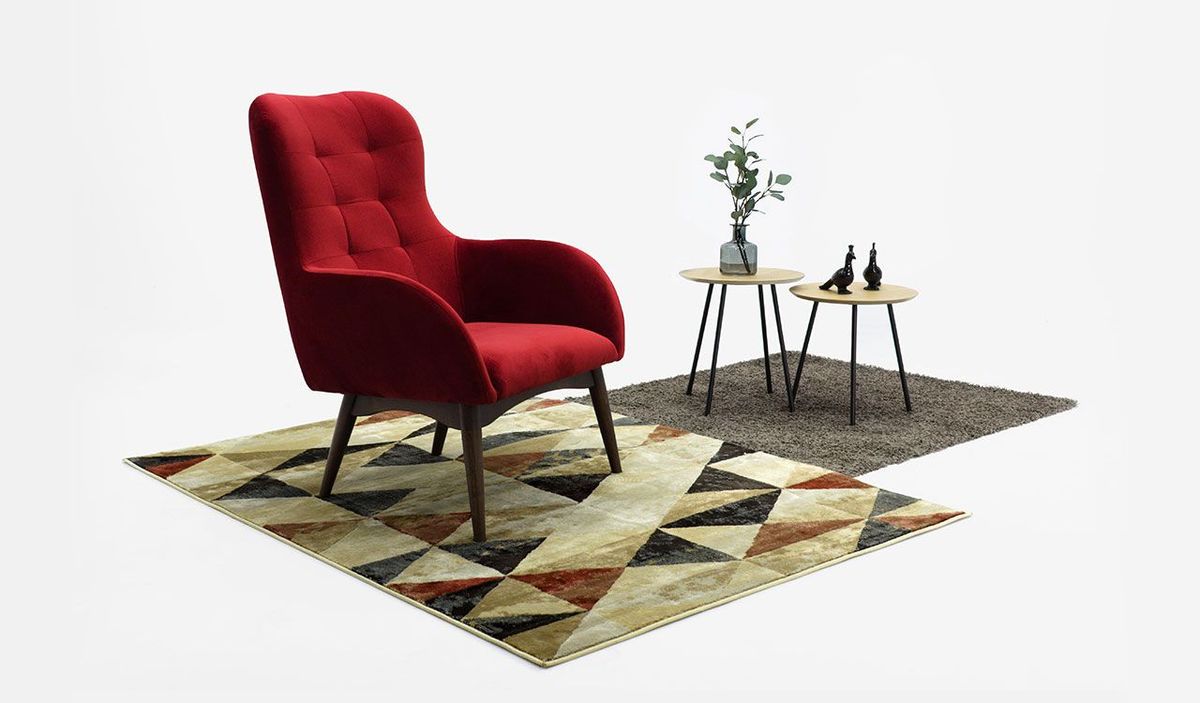
Where and how to place furniture in a narrow room?
When looking for an idea for furniture layout in a narrow room, you should think about how to arrange the space in the most functional way. One popular trick is to place furniture opposite to each other. This allows you to separate zones and optically enlarge the room, reducing the tunnel-like effect. Using a corner sofa in the centre of the room rather than the corner of the room easily creates a natural divider between zones. Alternatively using smaller pieces of furniture rather than long sofas will help to create a zone. A sofa opposite 2 chairs is a great layout, especially when the chairs are angled as that diminishes the vertical lines further.
When arranging a narrow room, one should also remember about the choice of specific furniture. The more functional and capacious, the better. For example, a bookcase may be used to divide it into zones and manage the space. It is also good to choose furniture that goes right up to the ceiling, such as a wardrobe in a bedroom, which with the addition of mirrored doors is particularly effective when placed on the longer wall. Fundamentally you are looking to maximise vertical space, by moving the eye upwards.
Narrow bedroom
Similarly, as in the living room, when arranging a narrow bedroom, it is good to choose light colours, which will optically enlarge the room. Vertical stripes and large patterns are also a good solution. Select bedside tables that are either wall hung or have exposed legs to emphasise more floor space. If there’s room, try placing the bed across the room to visually shorten it. You can then create a further relaxation zone in the room with an interesting armchair or chaise longue, for example.
How to accessorise a narrow room
Mirrors are a wonderful addition to an interior to bounce light around the room and create the illusion of a lighter and more spacious interior. Using shapes that aren’t rectangular will make the look even more effective, such as round or wavy. When it comes to artwork, it is best to group artwork together to create interest, instead of separate rectangular pictures which create further horizontal lines.
Keeping a room clutter free will make your room feel less overbearing, combined with choosing furniture with taller exposed legs, will also give the illusion of more floor space. Using floating shelves to display quirky ceramics and unique objects will help draw the eye away from an awkward layout. Rugs can be used to further enhance the zones and selecting ones that are round or have curved edges will make the room feel cosier and create visual interest.
Lighting is especially important, both natural daylight and artificial lighting. If you are creating zones in your rooms then lighting needs to have multiple layers that integrates both ambient, decorative and task lighting seamlessly. Pay attention to dark corners, by adding an interesting floor light or table lamp. A well-lit room will always appear brighter and airier.

